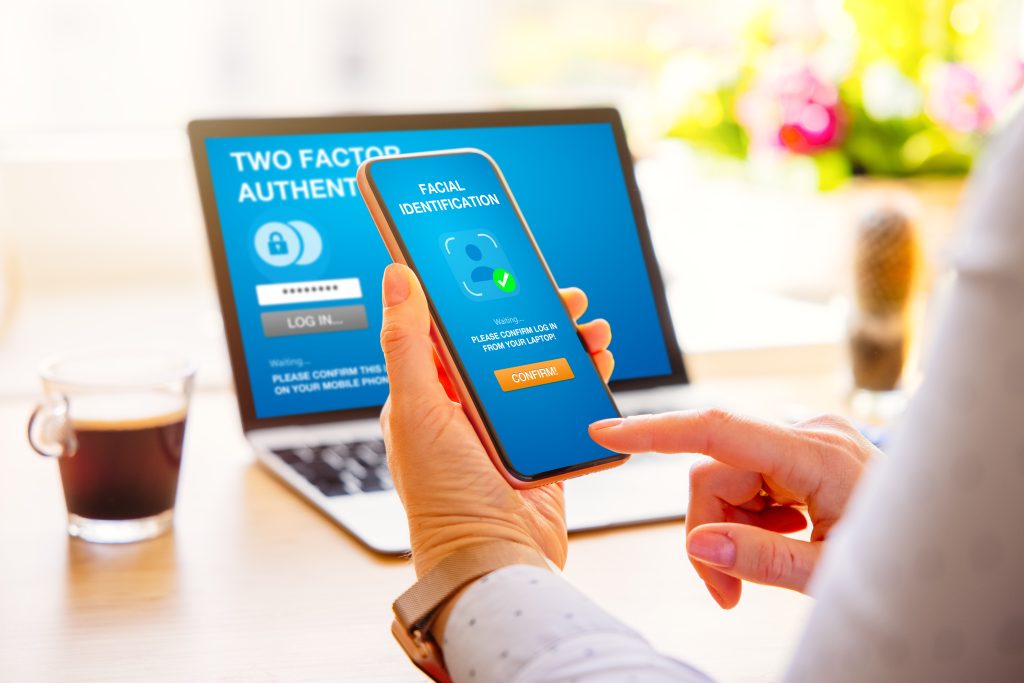
Read this Article and WIN!
How to write a call to action
We like beautiful things, beautiful people, and beautiful marketing. Why not? They are nice to look at.
However, beautiful marketing, like beautiful people and things soon loses its appeal when it turns out to be useless – especially if you’ve spent a lot of money on it.
The marketing tools that were once the realm of professional agencies are now readily available to small business. Businesses can now present professional looking online marketing at a bargain price. They can make their small business appear bigger, more successful and much less stressed about cash flow than they actually are.
Websites are Functional
A common trap, however, is focusing on the beauty of a new website rather than its’ effectiveness; i.e. what do you need your customers to DO when they see your marketing. The purpose of marketing is to prompt prospects into engaging with your business.
Too often we forget that websites are mostly a functional item. Sure, they can be more effective if they are beautiful, but primarily they exist to help customers get what they want.
Help your customers with clear instructions and guidance. If they don’t find what they want in two seconds, they’ll be gone.
The primary online marketing channels are websites, search ads and social marketing. The only reason you would spend money on any of these is to make more money. So always ask yourself the BIG QUESTION …
What do you actually want actual customers to actually DO?
This question should drive the design, content and architecture of your marketing. Wrap the beautiful bits around this, not the other way around. A call to action should not be an afterthought or tacked on.
What Makes a Good Call to Action?
Clarity
- Use less words (2-5)
- Be explicit, but friendly (not bossy)
- Establish credibility
- Make it low risk.
Simplicity
- Make it easy (no hoops)
- Don’t ask for information straight up
- Explain the immediate benefit to them.
Design
- Display it on a prominent and relevant part of the screen
- How does it work on small screens?
- Avoid clutter. Make it the most important thing on the page
- Include ‘Additional Options’ – your primary objective may not be theirs, so offer something else to do like ‘browse products’ or ‘find out more’.
Things to avoid in your CTA
- Basically, the opposite of the above. A wordy, confusing message that asks for too much detail without offering any immediate benefit is NOT going to get me to Submit.
- SUBMIT. Unless you are role-playing, this is not exciting. Similarly with ‘Click here’. Entice people to join the journey. For example ‘Join the best free dating service on Earth’.
- Blend it in with the beautiful design of your site. It, of course, needs to fit your branding, but it also needs to draw attention.
The Funnel
Your calls-to-action (traffic direction) need to start at the first contact and connect the different stages of your buying process. Your funnel may begin on a social media site or even offline. At each stage, the goal is to learn a little more about your prospect and build a little more trust.
Their needs and risk profile will change as they move deeper into your sales funnel. They will become clearer on what they want and will be willing to give up more as the relationship and trust with your brand grows. So, offer more than you are asking for at the beginning. You’ll be able to ask for more commitment later in the funnel.
Self Assessment Test
Open your website and follow the prompts. Do you have any? Are they noticeable? Do they excite? Do they offer anything useful to you, as a potential customer?
Now do the same thing on your phone. How did that go?




